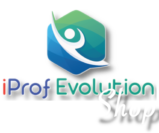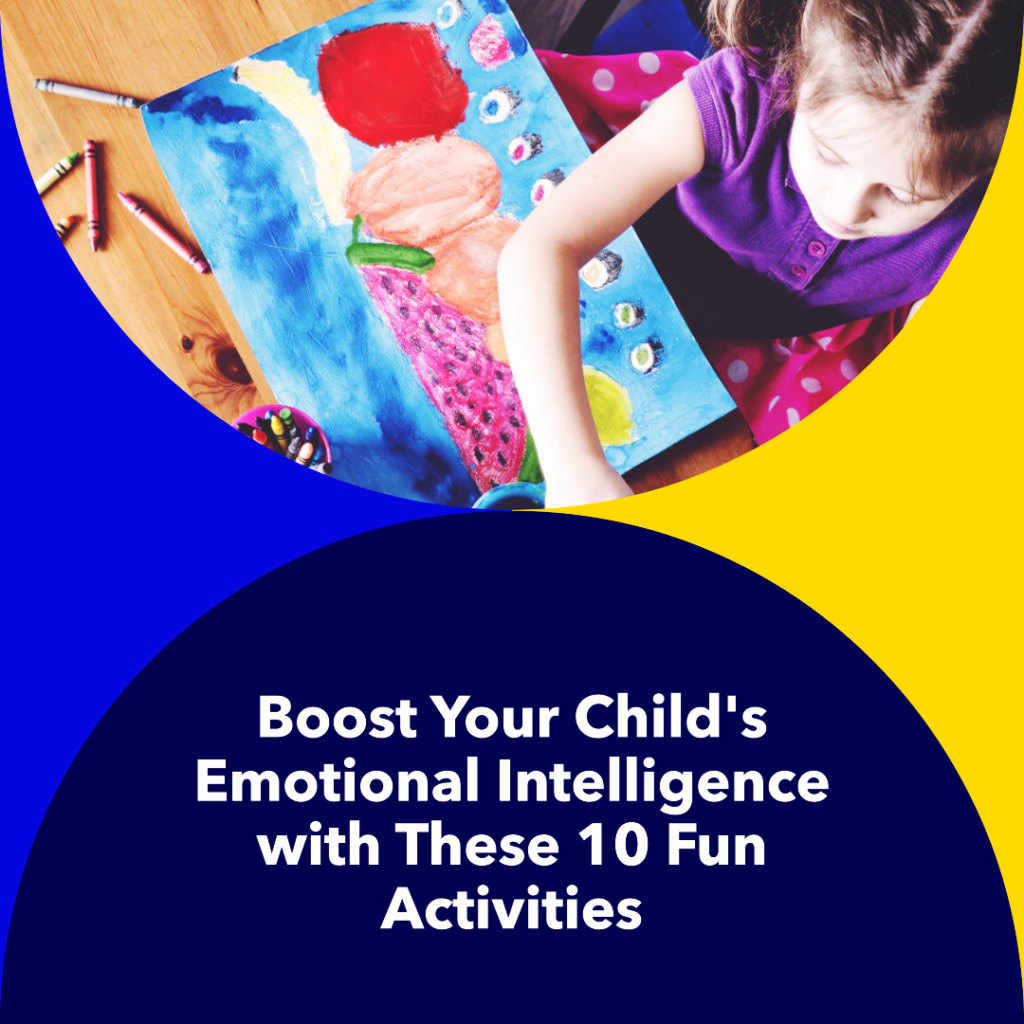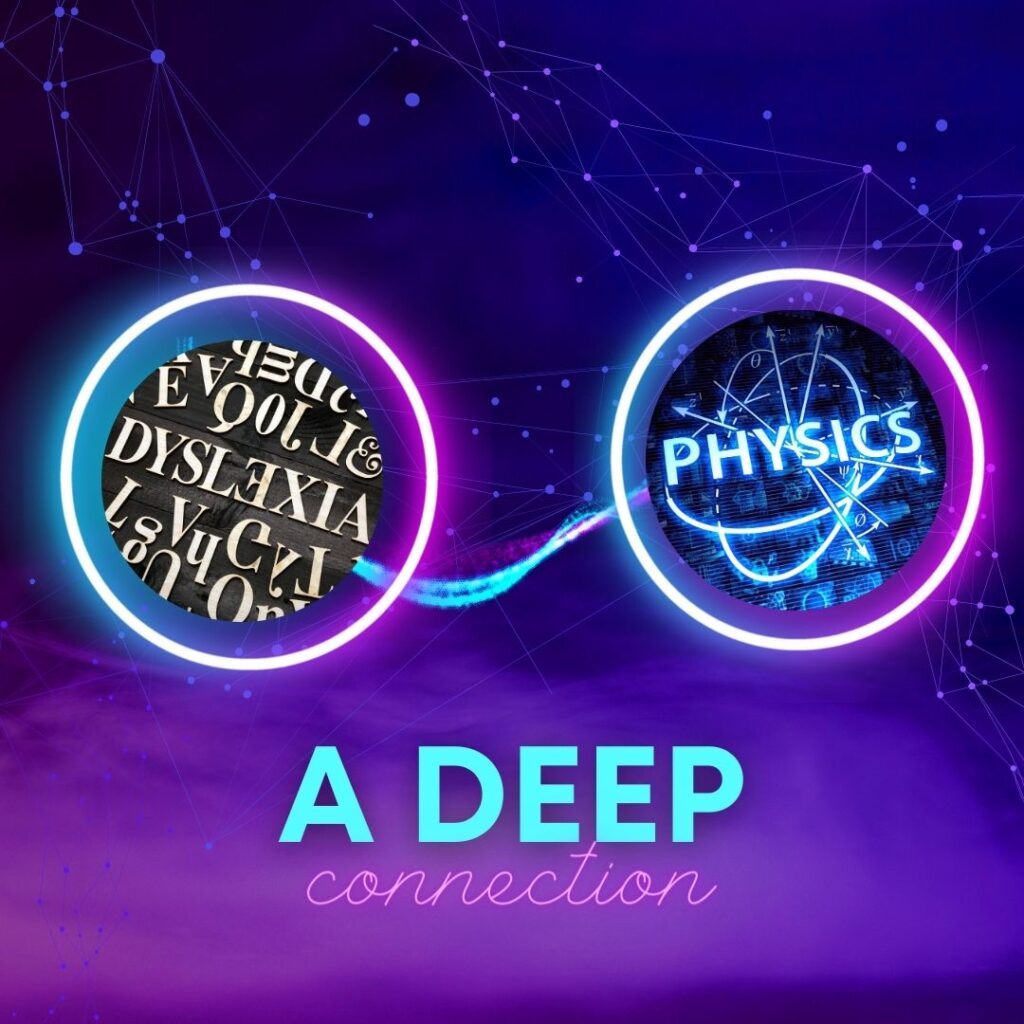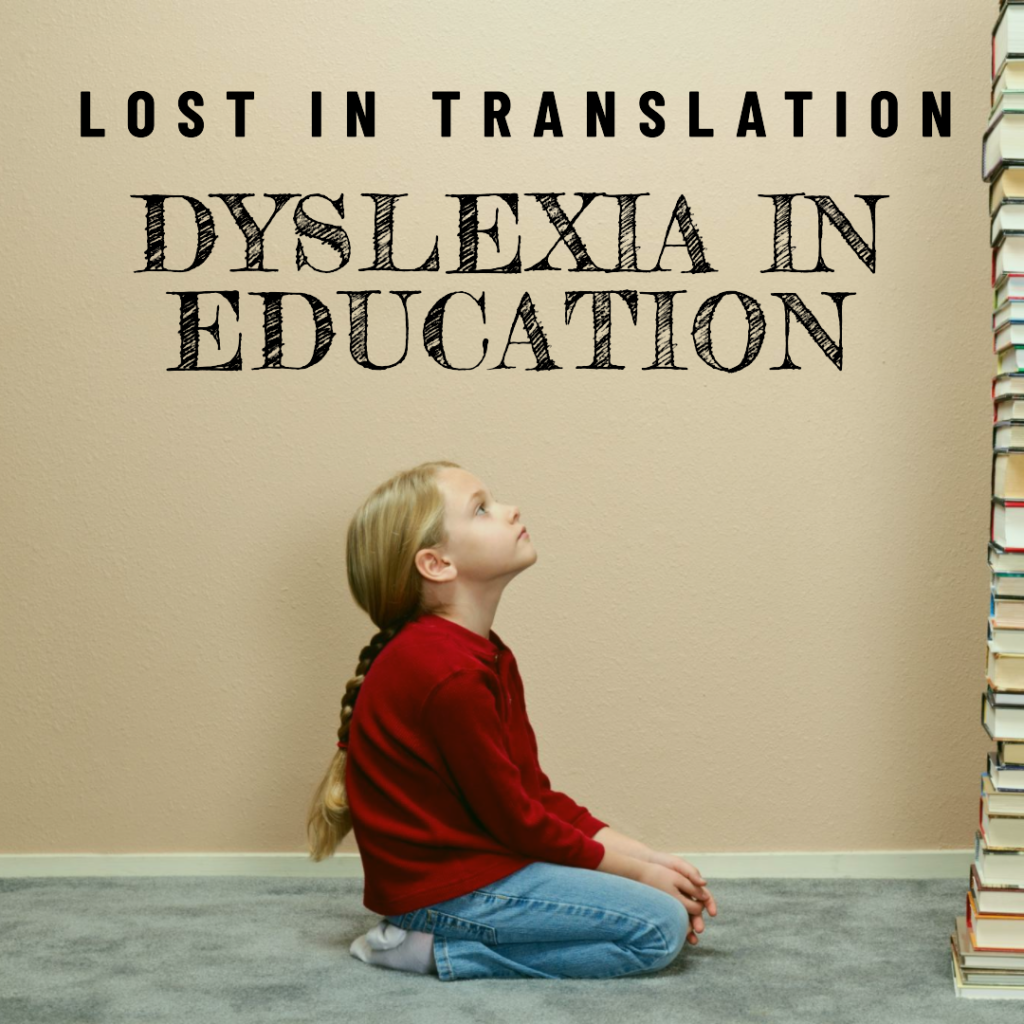10 Exciting Social Emotional Learning Activities to Boost Your Child’s Emotional Intelligence
Social emotional learning (SEL) activities are crucial for developing a child’s emotional intelligence and overall well-being. These Social Emotional learning activities help children understand and manage their emotions, develop empathy towards others, establish positive relationships, make responsible decisions, and effectively communicate. Here are ten exciting SEL activities that can significantly enhance your child’s emotional intelligence: Social-emotional learning (SEL) activities 1. Emotion Charades: This game helps children identify and express different emotions. Write down various emotions on cards and have your child pick one without showing it to others. They must act out the emotion while others guess what it is. 2. Feelings Collage: Provide your child with magazines, newspapers, and art supplies. Ask them to create a collage that represents their different emotions. They can cut out pictures or words that resonate with how they feel. 3. Journaling: Encourage your child to maintain a journal where they can freely express their thoughts and emotions. This activity helps them reflect on their feelings while improving their writing skills. 4. Kindness Tree: Create a tree branch using paper and place it in a visible area of your home. Encourage your child to write notes or draw pictures, expressing acts of kindness they did or witnessed. Stick these on the tree to reinforce empathy and gratitude. 5. Thought Bubbles: Provide your child with large pieces of paper or whiteboards. Ask them to draw a big thought bubble and then write or draw their thoughts and emotions inside it. This activity helps them process their feelings and develop self-awareness. 6. Role-Playing: Develop scenarios that require your child to think and respond empathetically. For example, pretend to be upset or angry, and have them respond with kindness and understanding. This helps develop empathy and perspective-taking skills. 7. Mindful Breathing: Teach your child the practice of mindful breathing. Encourage them to take slow, deep breaths while focusing on the sensation of inhaling and exhaling. This activity calms the mind, reduces stress, and improves self-regulation. 8. Feelings Check-In: Create a feelings chart with various emotions illustrated through emojis or drawings. Every day, ask your child to choose and discuss their current feelings. This activity enhances emotional vocabulary and helps children articulate their emotions. 9. Collaborative Art: Engage your child in collaborative art projects with their friends or siblings. This activity promotes teamwork, communication, and sharing ideas, fostering positive relationships. 10. Storytelling: Encourage your child to create stories that involve characters experiencing different emotions and overcoming challenges. This activity fosters creativity, empathy, and problem-solving skills while providing a platform for emotional expression. You can try our game Cheesus Crust: The Ultimate ESL Restaurant Play-Role Kit These ten exciting SEL activities can greatly boost your child’s emotional intelligence. By engaging in these activities regularly, your child will develop a strong understanding of their emotions, enhance their empathy and communication skills, and grow into emotionally intelligent individuals who can navigate their relationships and make responsible decisions. Check our TeachersPayTeachers Shop



